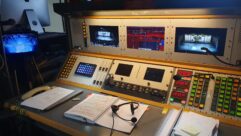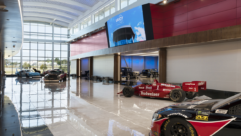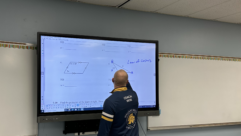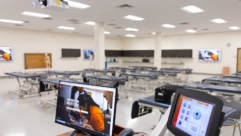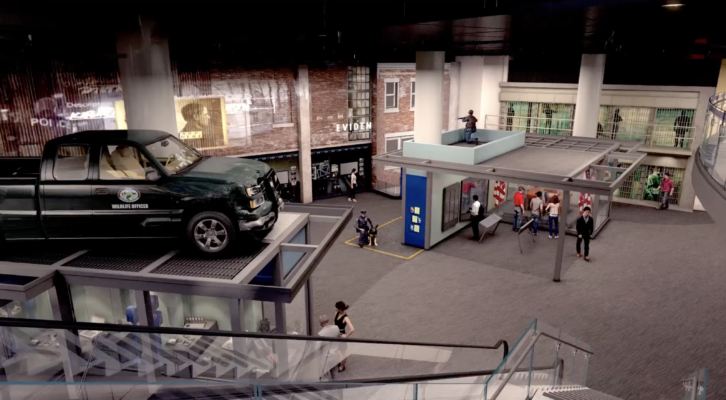
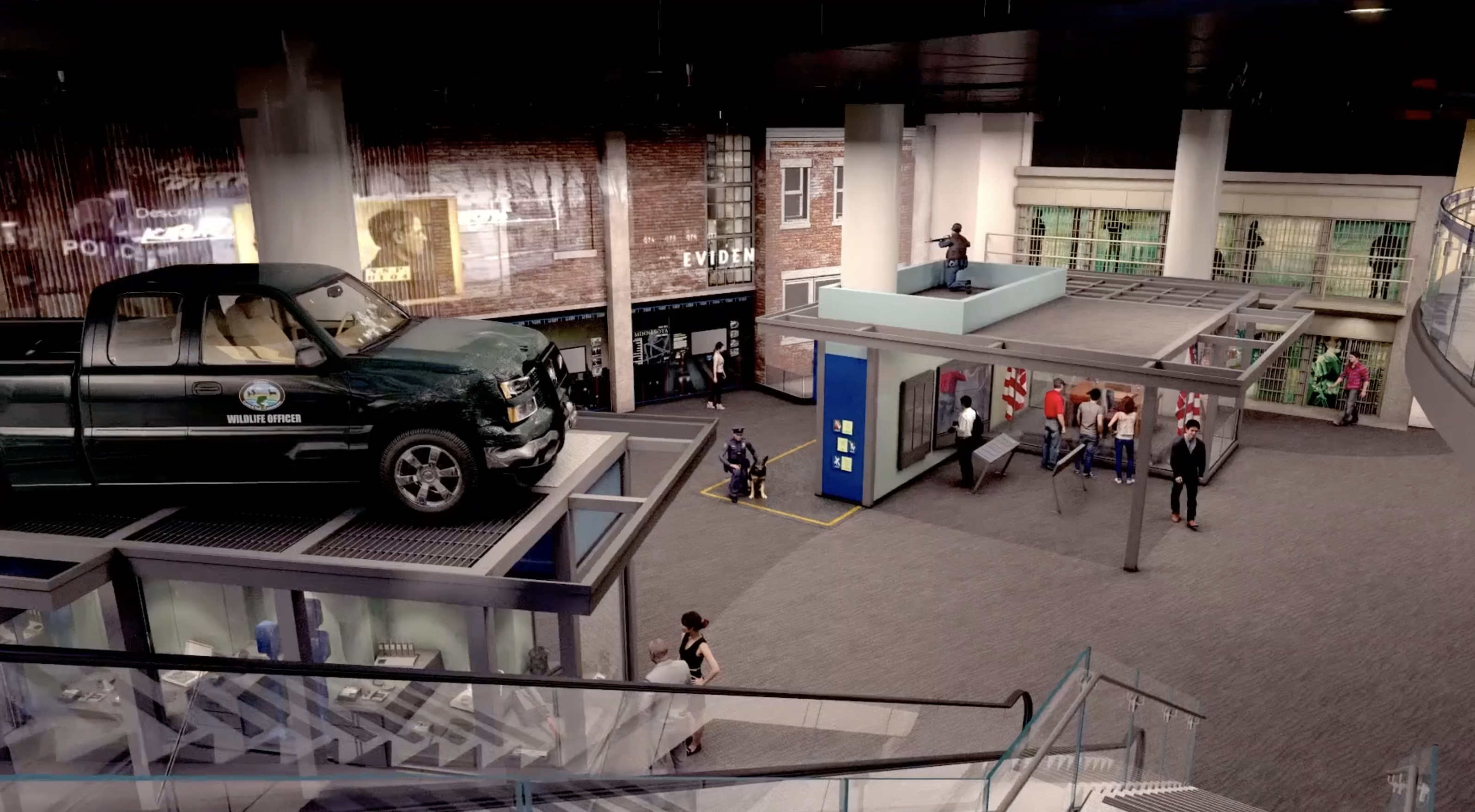
As we go to press, the ribbon has just been cut for the grand opening of the National Law Enforcement Museum at the Motorola Solutions Foundation Building in Washington, D.C.
The $103 million project was 20 years in the making, from conceptualization in 1998 by memorial chief executive Craig Floyd, to deeding of the land by Congress in 2000, to years of fundraising, design approval and finally construction in 2016. The Police Unity Tour, an annual police bike-riding fundraiser, contributed $23 million to the museum, said David Brant, the museum’s executive director.
The connection with Motorola Solutions is fitting, as they are a leading provider of mission-critical communications and video solutions for law enforcement.
The museum, at 444 E St. NW in Judiciary Square opposite the National Law Enforcement Officers Memorial, launched with an opening ceremony featuring comments by Mayor Muriel E. Bowser, former attorney general John Ashcroft, former D.C. police chief Charles Ramsey, and a taped message from former president George W. Bush.
This immersive new museum offers visitors a “walk in the shoes” experience across the breadth of law enforcement jobs, including 911 dispatchers, detectives, and CSI, as well as uniformed national and local police personnel from a range of professions including prison guards and marine officers.
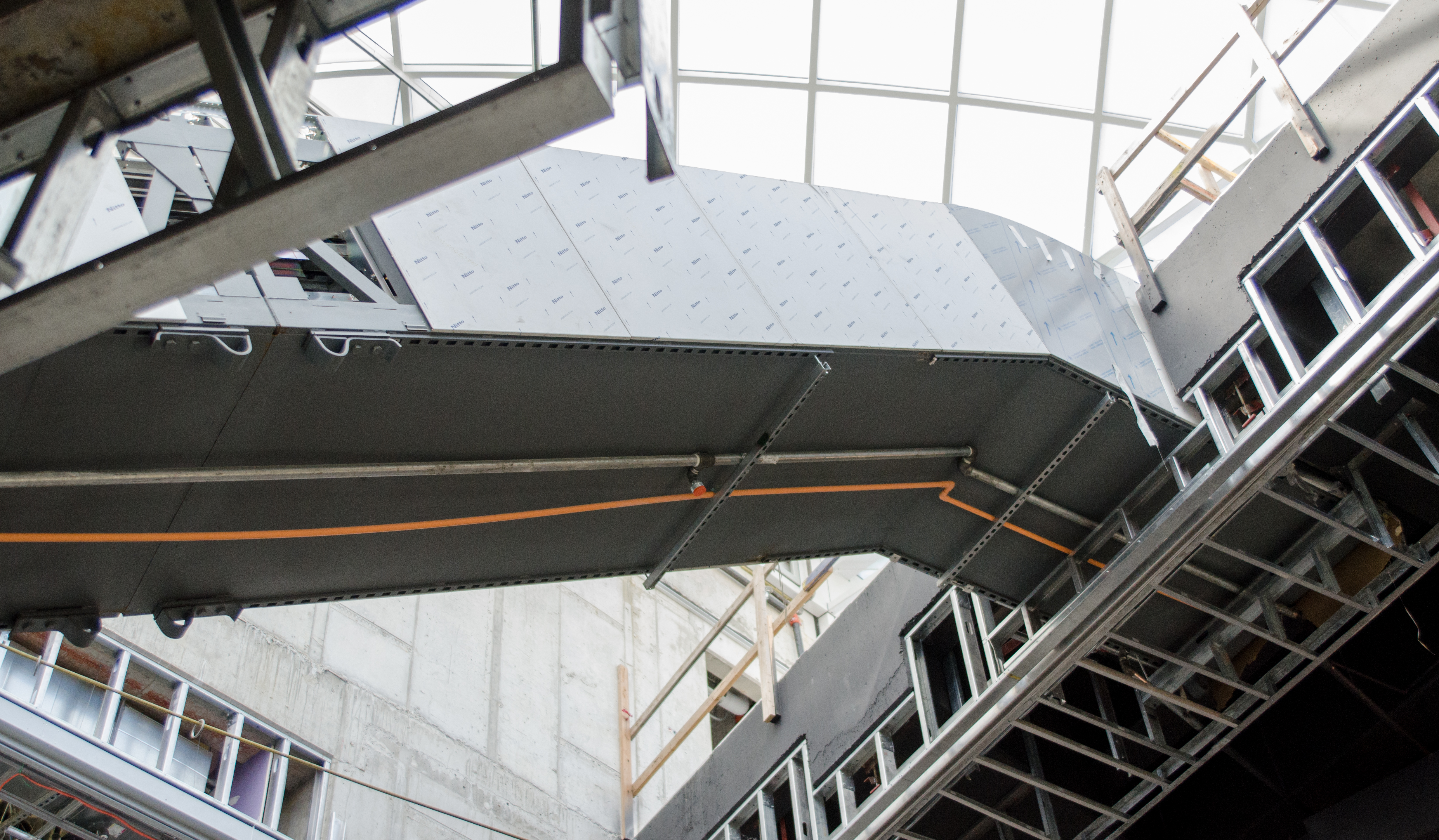
The design of the permanent galleries was first undertaken by Christopher Chadbourne & Associates of Boston. When that firm closed, the design effort was completed by Studio 647 of Washington D.C. (exhibition design) and One By Design of Gloucester, MA (graphic design). Media elements were produced by Richard Lewis Media Group and Donna Lawrence Productions.
Among the opening and permanent exhibitions, guests can take part in an officer Training Simulator, or “Take the Case” to experience role playing by weighing the evidence in an interrogation room. Visitors can work through the evidence of an actual group of serial bank robbers in Washington to determine what will work at trial. They can examine the various wounds described in a medical examiner’s autopsy. In an exhibition entitled To Serve and Protect guests hear first-hand accounts from law enforcement officers, victims, and bystanders as they recount real-life events, including the 9/11 terrorist attacks, the Air Florida Flight 90 crash, and the Charleston, S.C. church shooting. Visitors will get to explore the more than 18,000 law enforcement agencies in the United States with the Web of Law Enforcement — a large interactive touchscreen that illustrates how these agencies work together to solve crimes.
One of the key technology-related exhibits is the interactive, role-playing 911 Emergency Ops exhibit. It allows visitors to take on the important role of a 911 dispatcher. Using adapted versions of the actually equipment operators use, visitors experience the real-life intensity of a public safety command center and learn about the role of a 911 dispatcher.
Visitors will take a seat at one of three stations resembling the console used by a 911 dispatcher. They are guided through a series of 911 calls — processing information, setting priorities, and dispatching officers to the scene of an emergency. Once completed, the visitor will see a video showing how the actions they chose would be implemented in a real incident.
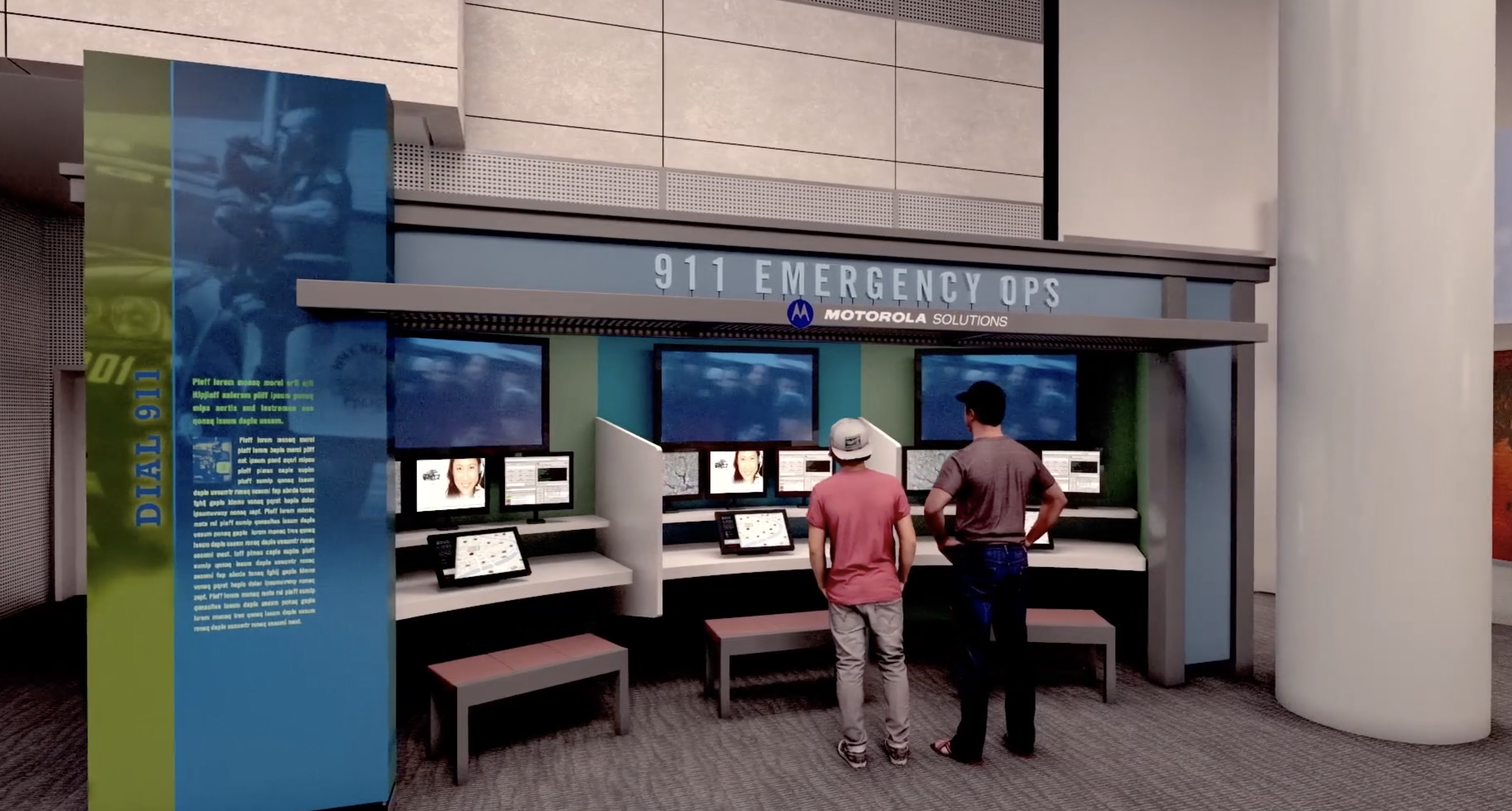
Motorola helped sponsor the exhibit with simplified versions of real-world dispatch technology to provide an authentic experience for visitors, including two-way radio communications systems and public safety software, including emergency call-handling solutions. Also featured next to the 911 Emergency Ops exhibit is the red phone that received the first-ever 911 call on Feb. 16, 1968, on loan from the City of Haleyville, Ala., where the call was placed. Today more than 240 million calls are made to 911 operators in the United States and in many areas, 80 percent or more are made from a wireless device.
Among the many AV challenges of the museum, were acoustics considerations. Shem Milsom Wilke did the consult and explains that the underground location–between three court buildings and adjacent to the National Law Enforcement Officers Memorial did little to offset the noise and vibration of the passing E Street traffic and the Metrorail. Shen provided acoustical design for all occupied areas, and a review of acoustical finishes for the theater and multipurpose spaces. They also reviewed the heating, ventilation and air conditioning system to ensure suitable noise levels.
The museum features a collection of more than 20,000 artifacts that depict American law enforcement, include elements of historic and pop cultural importance. With less than 900 artifacts on display at any one time, the experience will change, and will also be shaped by educational and community programs and temporary exhibits. Museum leadership hopes to make these programs part of an ongoing effort to connect, honor, heal, and improve relationships between law enforcement and the communities they serve.
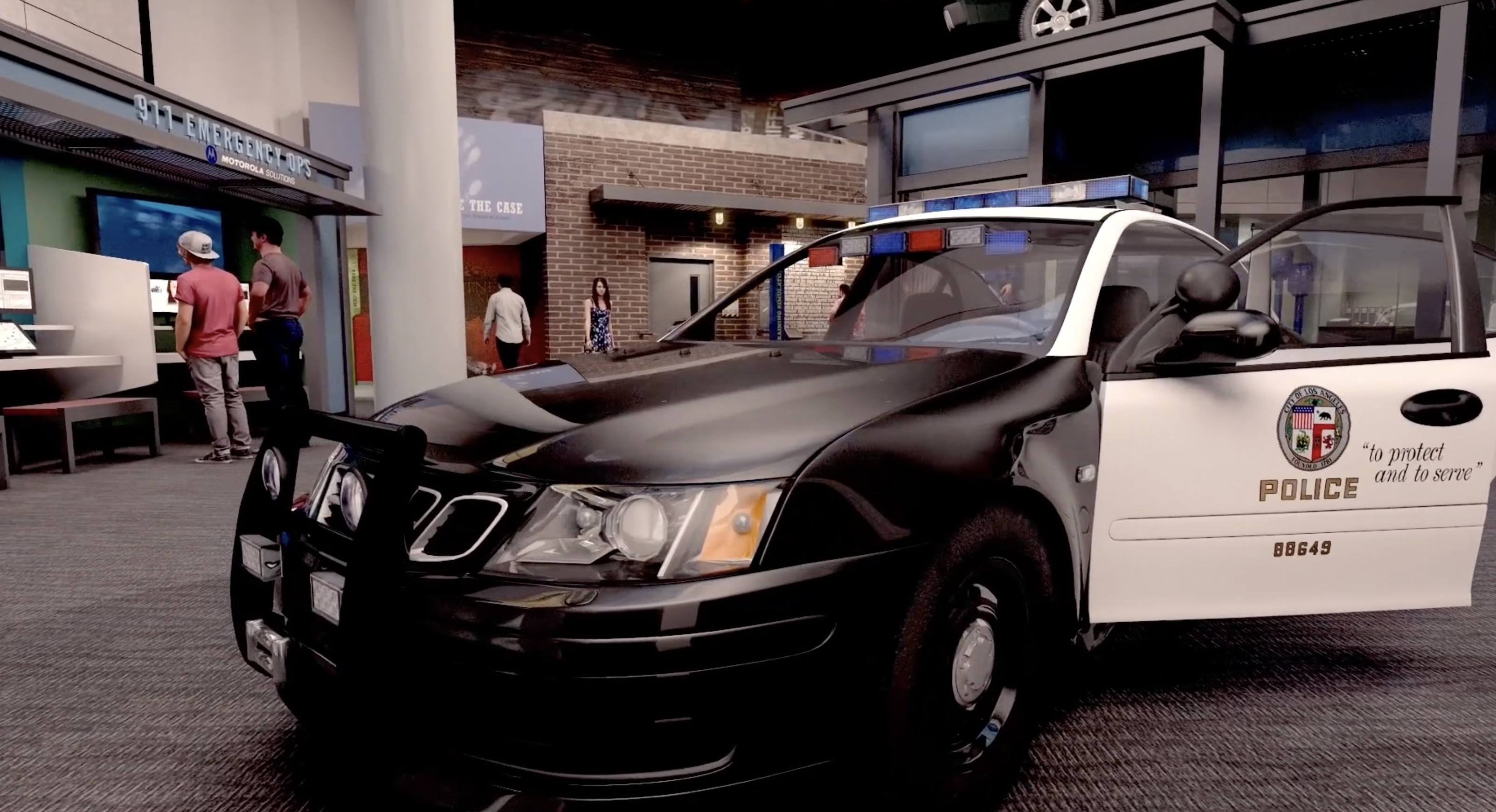
The museum also has a 111-seat theater that will show a 20-minute orientation film on the history of law enforcement up to current issues in policing. Brant said the museum plans to use the theater for programs on pressing topics, such as the opioid crisis. “We’re not going to avoid anything,” says David L. Brandt, the museum’s executive director.


